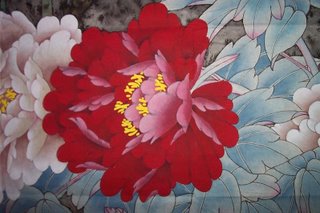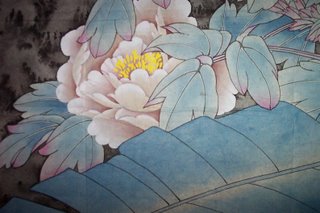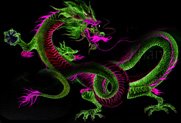Chinese Moon Festival

History of Chinese Moon Festival
The Chinese Moon Festival, or sometimes called the Mid-Autumn Festival, takes place on the 15th day of the eighth lunar month. The festival dates back to the Tang dynasty 618 A.D. and celebrates the biggest and brightest full moon of the year, the harvest moon.One of the legends about the Moon Festival is about a builder or architect named Hou Yih. Hou Yih built a beautiful jade palace for the Goddess of the Western Heaven or sometimes called the Royal Mother.
The Goddess was so happy that she gave Hou Yih a special pill that contained the magic elixir of immortality. But with it came the condition and warning that he may not use the pill until he had accomplished certain things.
 Hou Yih had a beautiful wife named Chang-O. Chang-O was as curious as she was beautiful. One day she found the pill and without telling her husband, she swallowed it.
Hou Yih had a beautiful wife named Chang-O. Chang-O was as curious as she was beautiful. One day she found the pill and without telling her husband, she swallowed it.The Goddess of the Western Heaven was very angry and as a punishment, Chang-O was banished to the moon where, according to the legend, Chang-O can be seen at her most beautiful on the night of the bright harvest moon.
 The Moon Festival is a big holiday with family reunions, moon gazing activities, and feasting on "moon cakes" which are round pastries filled with red bean paste, fruit or jam. Dragon and lion dances, whose origins also date back to ancient China, are wonderful dances done during festivals, especially exciting are the dragon and lion dances.
The Moon Festival is a big holiday with family reunions, moon gazing activities, and feasting on "moon cakes" which are round pastries filled with red bean paste, fruit or jam. Dragon and lion dances, whose origins also date back to ancient China, are wonderful dances done during festivals, especially exciting are the dragon and lion dances.Legend says the dragon dance was invented to stop the spread of epidemics, sickness and disease. Over the years it evolved into a folk activity.
The lion dance was originally used for worship and to pray for rain, but now the dance is used for entertainment. The lion chases a scampering clown, who dodges from left to right, jumping to and fro to make fun of the lion.
Chinese Moon Cake
 During the Yuan dynasty (A.D.1280-1368) China was ruled by the Mongolian people. Leaders from the preceding Sung dynasty (A.D.960-1280) were unhappy at submitting to foreign rule, and set how to coordinate the rebellion without it being discovered.
During the Yuan dynasty (A.D.1280-1368) China was ruled by the Mongolian people. Leaders from the preceding Sung dynasty (A.D.960-1280) were unhappy at submitting to foreign rule, and set how to coordinate the rebellion without it being discovered.The leaders of the rebellion, knowing that the Moon Festival was drawing near, ordered the making of special cakes. Backed into each moon cake was a message with the outline of the attack.
On the night of the Moon Festival, the rebels successfully attacked and overthrew the government. What followed was the establishment of the Ming dynasty (A.D. 1368-1644). Today, moon cakes are eaten to commemorate this legend.





























0 Comments:
Post a Comment
<< Home